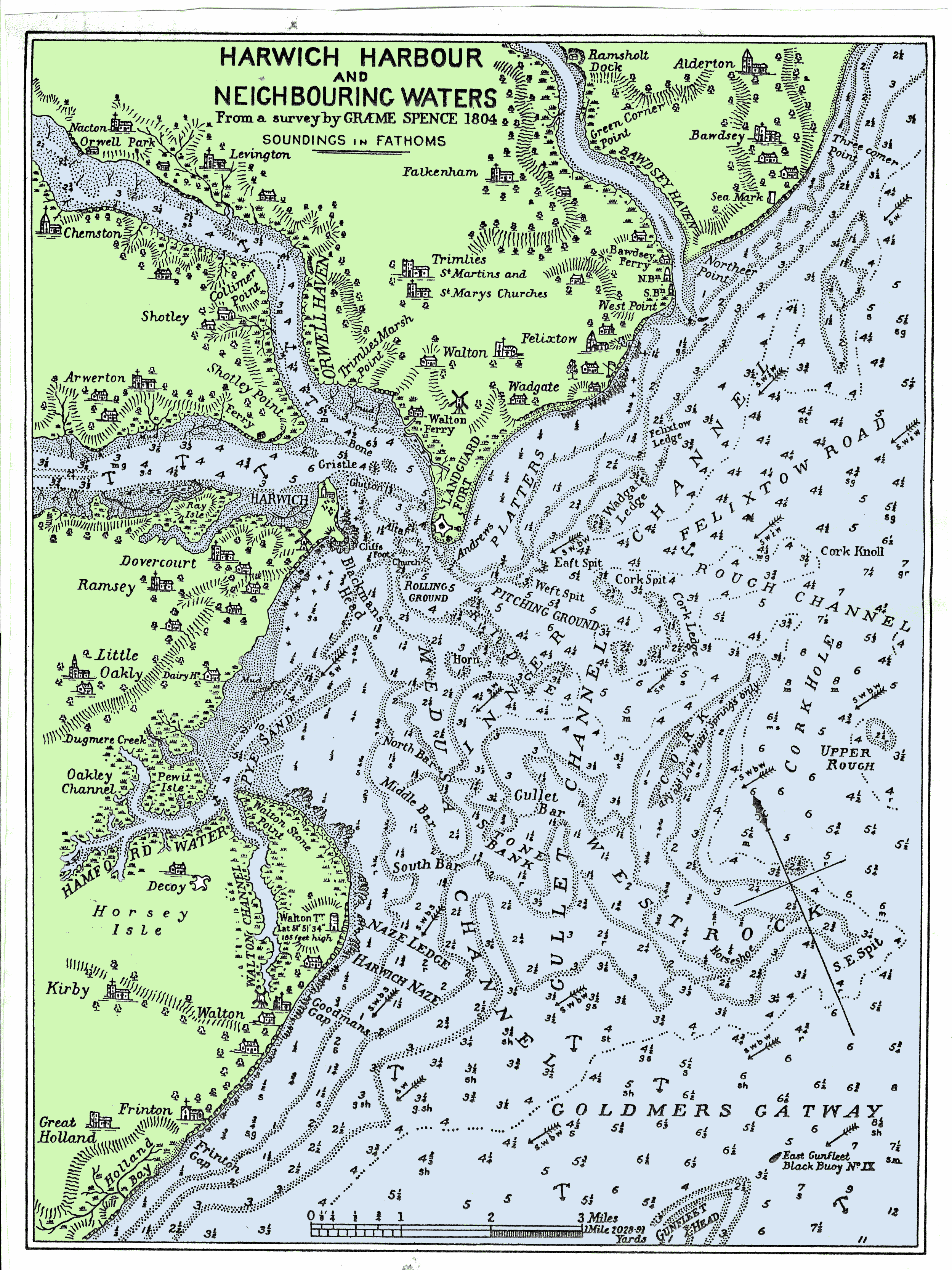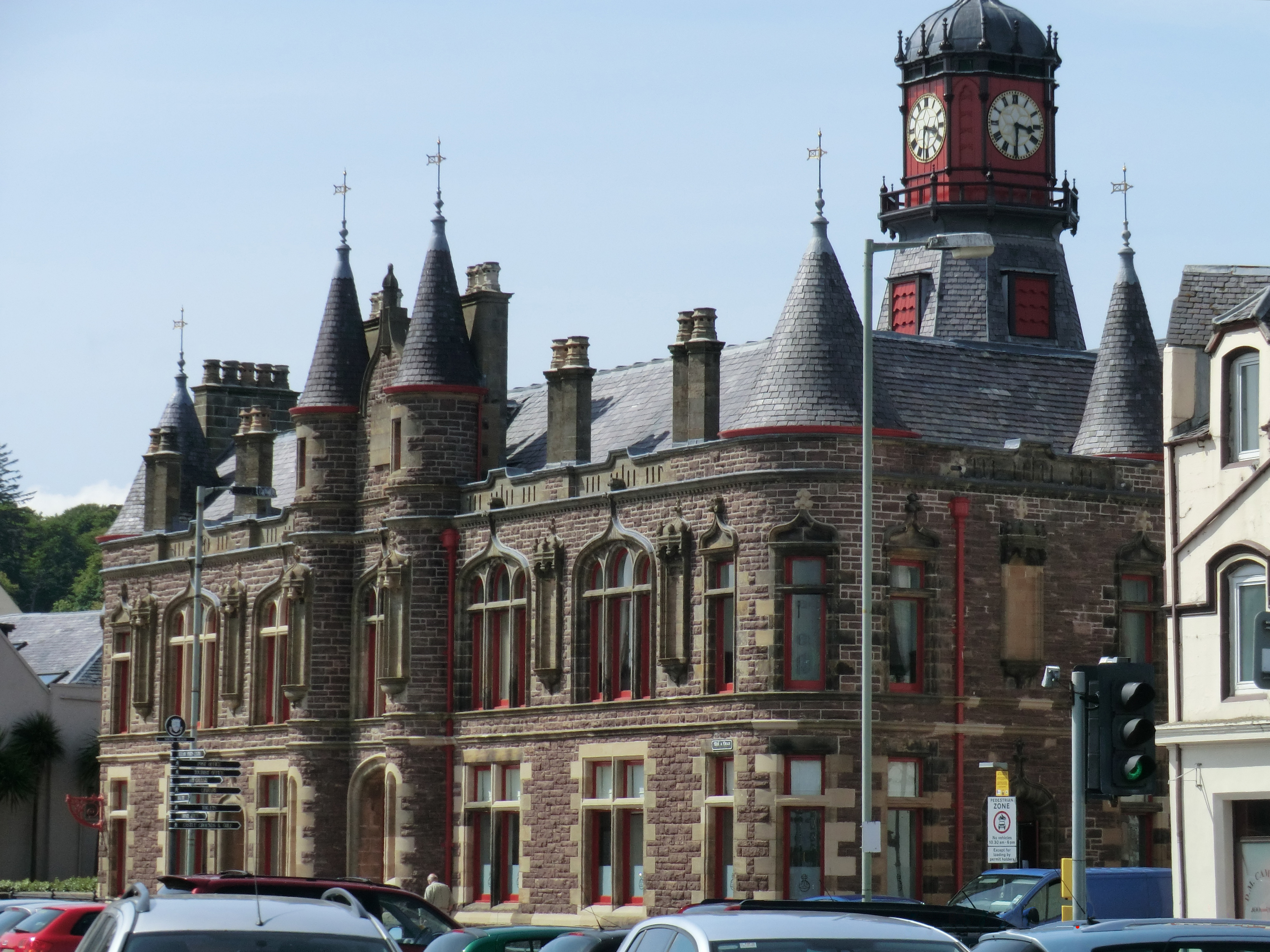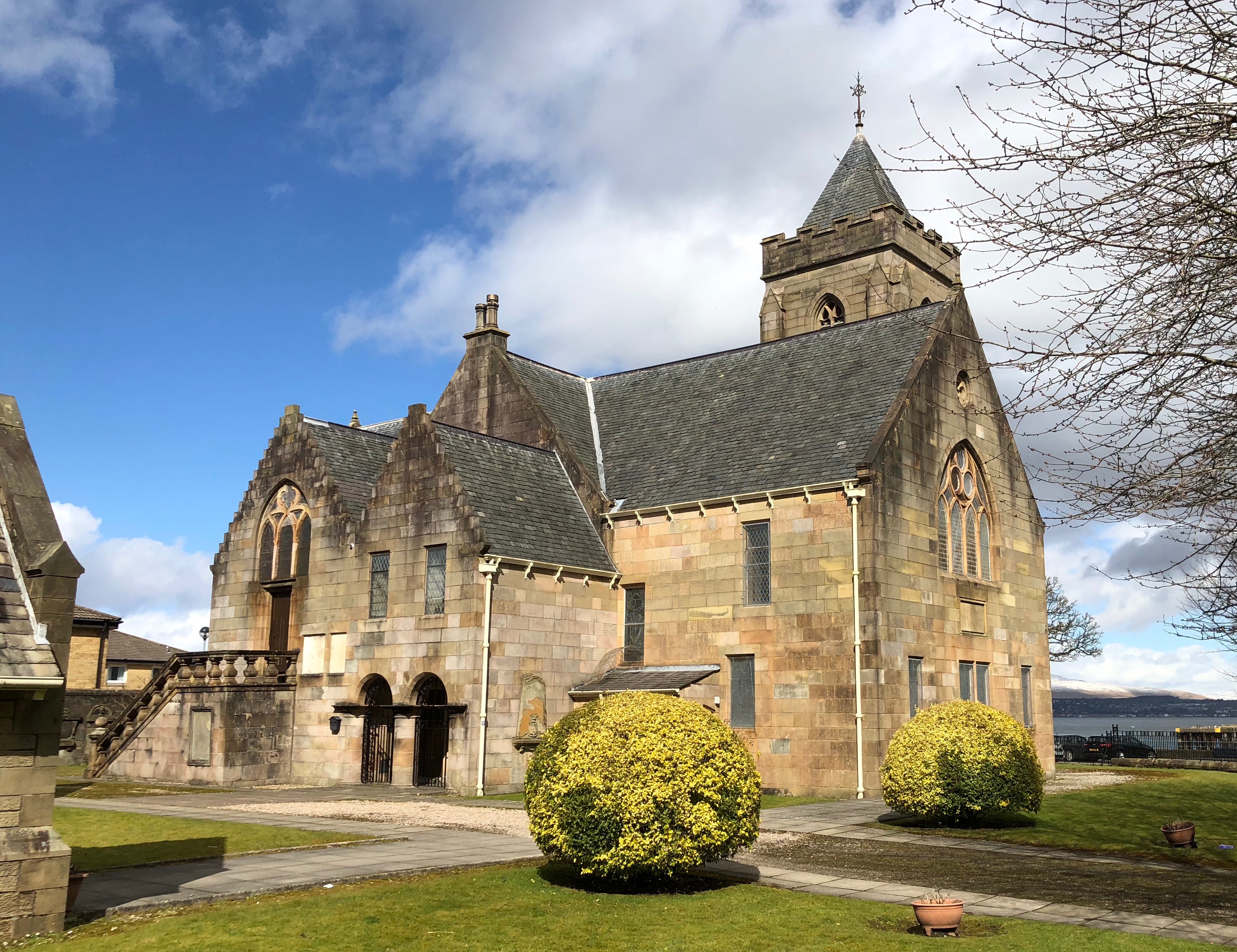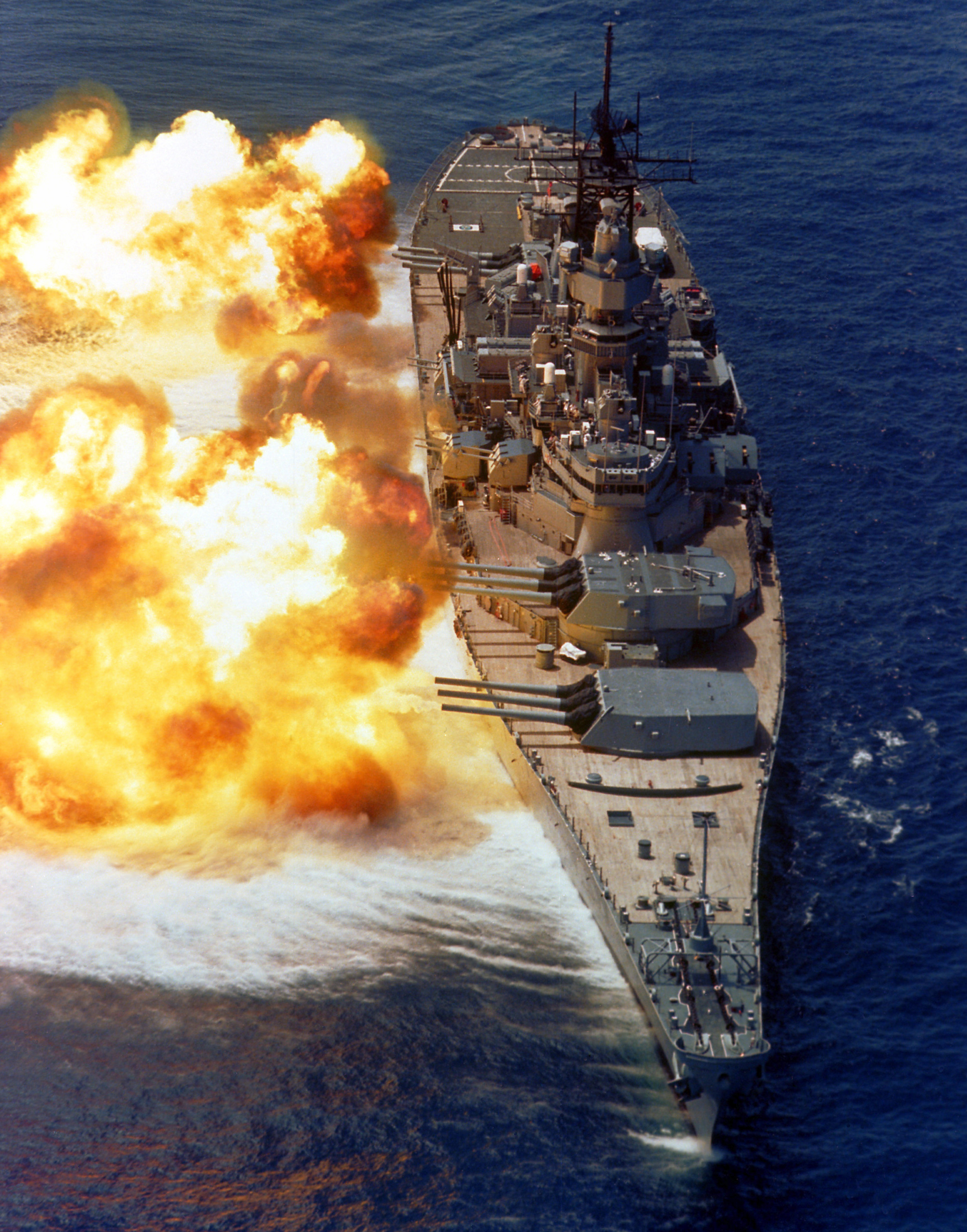|
HMS Britomart (J22)
HMS ''Britomart'' was a of the Royal Navy. She served during the Second World War and was sunk in 1944 in a friendly fire incident. The actor Robert Newton served aboard her until 1943. Construction and commissioning ''Britomart'' was ordered on 11 August 1937 and was laid down at Devonport Dockyard on 1 January 1938. She was launched on 23 August that year, and commissioned on 24 August 1939. She was adopted by the civil community of Clowne, Derbyshire in 1942 following a successful Warship Week National Savings campaign. Career In the North Sea After completing contractors' trials in August 1939 she took up her war station in the North Sea as part of the 1st Minesweeping Flotilla. In September she joined the flotilla, consisting of HMS ''Bramble'', ''Hazard'', ''Hebe'', ''Sharpshooter'', ''Speedy'' and ''Seagull'' at Scapa Flow. They were subsequently deployed on minesweeping operations to ensure a clear passage for Home Fleet ships passing in and out of the Fleet an ... [...More Info...] [...Related Items...] OR: [Wikipedia] [Google] [Baidu] |
HMNB Devonport
His Majesty's Naval Base, Devonport (HMNB Devonport) is one of three operating bases in the United Kingdom for the Royal Navy (the others being HMNB Clyde and HMNB Portsmouth) and is the sole nuclear repair and refuelling facility for the Royal Navy. The largest naval base in Western Europe, HMNB Devonport is located in Devonport, in the west of the city of Plymouth, England. The base began as Royal Navy Dockyard in the late 17th century, but shipbuilding ceased at Devonport in the early 1970s, although ship maintenance work has continued. The now privatised maintenance facilities are operated by Babcock International Group, who took over the previous owner Devonport Management Limited (DML) in 2007. DML had been running the Dockyard since privatisation in 1987. From 1934 until the early 21st century the naval barracks on the site was named HMS ''Drake'' (it had previously been known as HMS ''Vivid'' after the base ship of the same name). The name HMS ''Drake'' and i ... [...More Info...] [...Related Items...] OR: [Wikipedia] [Google] [Baidu] |
HMS Speedy (J17)
HMS ''Speedy'' was one of 21 s built for the Royal Navy in the 1930s. Design and description The ''Halcyon'' class designed as a replacement for the preceding Hunt class and varied in size and propulsion. ''Speedy'' displaced at standard load and at deep load. The ship had an overall length of , a beam of and a draught of . The ship's complement consisted of 80 officers and ratings.Chesneau, p. 63 She was powered by two Parsons geared steam turbines, each driving one shaft, using steam provided by two Admiralty three-drum boilers. The engines produced a total of and gave a maximum speed of . ''Speedy'' carried a maximum of of fuel oil that gave her a range of at .Lenton, p. 252 ''Speedy'' was armed with two QF 4-inch (10.2 cm) anti-aircraft guns. She was also equipped with eight machine guns. Later in her career, the rear 4-inch gun mount was removed as were most of the .303 machine guns, one quadruple mount for Vickers .50 machine guns was added as were up ... [...More Info...] [...Related Items...] OR: [Wikipedia] [Google] [Baidu] |
Portsmouth
Portsmouth ( ) is a port and city status in the United Kingdom, city in the ceremonial county of Hampshire in southern England. The city of Portsmouth has been a Unitary authorities of England, unitary authority since 1 April 1997 and is administered by Portsmouth City Council. Portsmouth is the most densely populated city in the United Kingdom, with a population last recorded at 208,100. Portsmouth is located south-west of London and south-east of Southampton. Portsmouth is mostly located on Portsea Island; the only English city not on the mainland of Great Britain. Portsea Island has the third highest population in the British Isles after the islands of Great Britain and Ireland. Portsmouth also forms part of the regional South Hampshire, South Hampshire conurbation, which includes the city of Southampton and the boroughs of Eastleigh, Fareham, Gosport, Havant and Waterlooville. Portsmouth is one of the world's best known ports, its history can be traced to Roman Britain, ... [...More Info...] [...Related Items...] OR: [Wikipedia] [Google] [Baidu] |
Wardroom
The wardroom is the mess cabin or compartment on a warship or other military ship for commissioned naval officers above the rank of midshipman. Although the term typically applies to officers in a navy, it is also applicable to marine officers and coast guard officers in those nations that have such service branches. Typically, the mess compartment aboard a naval or coast guard vessel, and on larger vessels, such as aircraft carriers of the United States Navy, there may be more than one wardroom. It may also be used on stone frigates to refer to similar officer mess facilities at naval, marine, and coast guard installations ashore. Terminology The term ''the wardroom'' is also used ( metonymically) to refer to those individuals with the right to occupy that wardroom, meaning 'the officers of the wardroom'. Usage The wardroom provides a place of rest, relaxation and recreation, as well as being an officers' dining room. Usually, a galley or scullery adjoins the wardroom. ... [...More Info...] [...Related Items...] OR: [Wikipedia] [Google] [Baidu] |
Rye, East Sussex
is a small town and civil parish in the Rother district of East Sussex, England, two miles from the sea at the confluence of three rivers: the Rother, the Tillingham and the Brede. An important member of the mediaeval Cinque Ports confederation, it was at the head of an embayment of the English Channel, and almost entirely surrounded by the sea. At the 2011 census, Rye had a population of 4,773. Its historical association with the sea has included providing ships for the service of the Crown in time of war, and being involved in smuggling. The notorious Hawkhurst Gang used its ancient inns The Mermaid Inn and The Olde Bell Inn, which are said to be connected to each other by a secret passageway. Those historic roots and its charm make it a tourist destination, with hotels, guest houses, B&Bs, tea rooms, and restaurants. Rye has a small fishing fleet, and Rye Harbour has facilities for yachts and other vessels. History The name of Rye is believed to come from the West S ... [...More Info...] [...Related Items...] OR: [Wikipedia] [Google] [Baidu] |
Commander-in-Chief, The Nore
The Commander-in-Chief, The Nore, was an operational commander of the Royal Navy. His subordinate units, establishments, and staff were sometimes informally known as the Nore Station or Nore Command. The Nore is a sandbank at the mouth of the Thames Estuary and River Medway. History The origins of the Commander-in-Chief's post can be traced to the first area naval commander, then known as the ''Commander-in-Chief, Thames'' from 1695 to 1696. From 1698 to 1699 the appointment was known as ''Commander-in-Chief, Medway''. In 1707 the post holder was known as ''Commander-in-Chief, Thames and Medway'' and between 1711 and 1745 the office was known as the ''Commander-in-Chief, Thames, Medway and Nore''. In 1745 the post for the first time was simply called the ''Commander-in-Chief, Nore'' established at Chatham and became responsible for sub-commands at Chatham, London less the Admiralty, Sheerness, Harwich and Humber. A. Cecil Hampshire writes that in 1752 Isaac Townsend, Ad ... [...More Info...] [...Related Items...] OR: [Wikipedia] [Google] [Baidu] |
Harwich
Harwich is a town in Essex, England, and one of the Haven ports on the North Sea coast. It is in the Tendring district. Nearby places include Felixstowe to the north-east, Ipswich to the north-west, Colchester to the south-west and Clacton-on-Sea to the south. It is the northernmost coastal town in Essex. Its position on the estuaries of the Stour and Orwell rivers, with its usefulness to mariners as the only safe anchorage between the Thames and the Humber, led to a long period of civil and military maritime significance. The town became a naval base in 1657 and was heavily fortified, with Harwich Redoubt, Beacon Hill Battery, and Bath Side Battery. Harwich is the likely launch point of the ''Mayflower'', which carried English Puritans to North America, and is the presumed birthplace of ''Mayflower'' captain Christopher Jones. Harwich today is contiguous with Dovercourt and the two, along with Parkeston, are often referred to collectively as ''Harwich''. History ... [...More Info...] [...Related Items...] OR: [Wikipedia] [Google] [Baidu] |
Leith
Leith (; gd, Lìte) is a port area in the north of the city of Edinburgh, Scotland, founded at the mouth of the Water of Leith. In 2021, it was ranked by ''Time Out'' as one of the top five neighbourhoods to live in the world. The earliest surviving historical references are in the royal charter authorising the construction of Holyrood Abbey in 1128 in which it is termed ''Inverlet'' (Inverleith). After centuries of control by Edinburgh, Leith was made a separate burgh in 1833 only to be merged into Edinburgh in 1920. Leith is located on the southern coast of the Firth of Forth and lies within the City of Edinburgh Council area; since 2007 it has formed one of 17 multi-member wards of the city. History As the major port serving Edinburgh, Leith has seen many significant events in Scottish history. First settlement The earliest evidence of settlement in Leith comes from several archaeological digs undertaken in The Shore area in the late 20th century. Amongst the f ... [...More Info...] [...Related Items...] OR: [Wikipedia] [Google] [Baidu] |
Stornoway
Stornoway (; gd, Steòrnabhagh; sco, Stornowa) is the main town of the Western Isles and the capital of Lewis and Harris in Scotland. The town's population is around 6,953, making it by far the largest town in the Outer Hebrides, as well as the third largest island town in Scotland after Kirkwall in Orkney and Lerwick in Shetland. The traditional civil parish of Stornoway, which includes various nearby villages, has a combined population of just over 10,000. The Comhairle nan Eilean Siar measures population in a different area: the ''Stornoway settlement'' area, Laxdale, Sandwick and Newmarket; in 2019, the estimated population for this area was 6,953. Stornoway is an important port and the major town and administrative centre of the Outer Hebrides. It is home to '' Comhairle nan Eilean Siar'' (the Western Isles Council) and a variety of educational, sporting and media establishments. Until relatively recently, observance of the Christian Sabbath (Sunday) has been a ... [...More Info...] [...Related Items...] OR: [Wikipedia] [Google] [Baidu] |
Greenock
Greenock (; sco, Greenock; gd, Grianaig, ) is a town and administrative centre in the Inverclyde council area in Scotland, United Kingdom and a former burgh within the historic county of Renfrewshire, located in the west central Lowlands of Scotland. It forms part of a contiguous urban area with Gourock to the west and Port Glasgow to the east. The 2011 UK Census showed that Greenock had a population of 44,248, a decrease from the 46,861 recorded in the 2001 UK Census. It lies on the south bank of the Clyde at the "Tail of the Bank" where the River Clyde deepens into the Firth of Clyde. History Name Place-name scholar William J. Watson wrote that "Greenock is well known in Gaelic as Grianáig, dative of grianág, a sunny knoll". The Scottish Gaelic place-name ''Grianaig'' is relatively common, with another (Greenock) near Callander in Menteith (formerly in Perthshire) and yet another at Muirkirk in Kyle, now in East Ayrshire. R. M. Smith in (1921) described the alternat ... [...More Info...] [...Related Items...] OR: [Wikipedia] [Google] [Baidu] |
HMS Royal Oak (08)
HMS ''Royal Oak'' was one of five s built for the Royal Navy during the First World War. Completed in 1916, the ship first saw combat at the Battle of Jutland as part of the Grand Fleet. In peacetime, she served in the Atlantic, Home and Mediterranean fleets, more than once coming under accidental attack. ''Royal Oak'' drew worldwide attention in 1928 when her senior officers were controversially court-martialled, an event that brought considerable embarrassment to what was then the world's largest navy. Attempts to modernise ''Royal Oak'' throughout her 25-year career could not fix her fundamental lack of speed and, by the start of the Second World War, she was no longer suitable for front-line duty. On 14 October 1939, ''Royal Oak'' was anchored at Scapa Flow in Orkney, Scotland, when she was torpedoed by the German submarine . Of ''Royal Oak''s complement of 1,234 men and boys, 835 were killed that night or died later of their wounds. The loss of the outdated ship—the fir ... [...More Info...] [...Related Items...] OR: [Wikipedia] [Google] [Baidu] |
Battleship
A battleship is a large armored warship with a main battery consisting of large caliber guns. It dominated naval warfare in the late 19th and early 20th centuries. The term ''battleship'' came into use in the late 1880s to describe a type of ironclad warship,Stoll, J. ''Steaming in the Dark?'', Journal of Conflict Resolution Vol. 36 No. 2, June 1992. now referred to by historians as pre-dreadnought battleships. In 1906, the commissioning of into the United Kingdom's Royal Navy heralded a revolution in the field of battleship design. Subsequent battleship designs, influenced by HMS ''Dreadnought'', were referred to as "dreadnoughts", though the term eventually became obsolete as dreadnoughts became the only type of battleship in common use. Battleships were a symbol of naval dominance and national might, and for decades the battleship was a major factor in both diplomacy and military strategy.Sondhaus, L. ''Naval Warfare 1815–1914'', . A global arms race in battleship con ... [...More Info...] [...Related Items...] OR: [Wikipedia] [Google] [Baidu] |

2009.jpg)





_profile_drawing.png)
